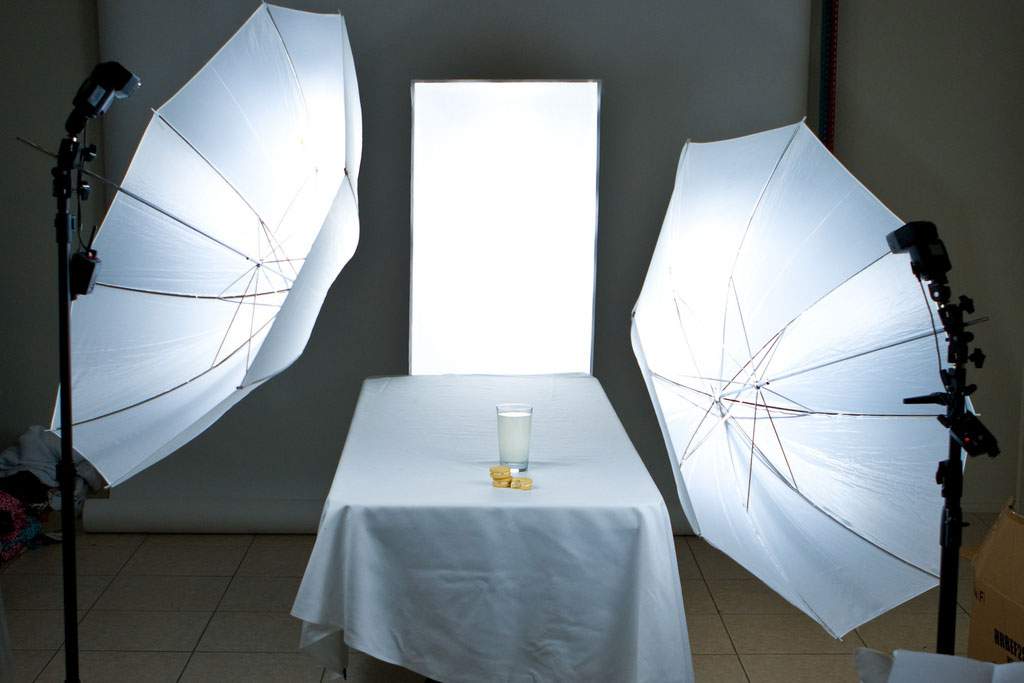
Scientists believe they have a high-tech use for one of nature's natural anti-bacterial agents, ultraviolet light. They can use it to replace pasteurization.
A Brief History
Pasteurization began in the 1770s in England, and is now an accepted sterilization treatment. Milk is heated to just below the boiling point, killing bacteria that might be introduced during the milking process. It extends milk's shelf life up to three weeks with short heating and up to three months with ultra heat treatment.
Pasteurization is problematic because it can destroy nutrients, such as proteins and vitamins. Ultraviolet light can sterilize milk without heat. The light doesn't kill bacteria; it inactivates them by damaging their DNA. It seems like a win win situation, but scientists still have some concerns.
Successful Pasteurization
For ultraviolet sterilization to replace pasteurization, ultraviolet light must reach all parts of the liquid. That can be a problem with something as opaque as milk, but researchers have developed a turbulent flow system that allows generous exposure.
Ultraviolet treated milk has an additional three to five weeks of shelf life over pasteurization. It's unclear how effectively ultraviolet light destroys viruses and protozoans that cause intestinal illness. More research is needed on that front.
African And Europe
Ultraviolet treatment, already used in South Africa and parts of Europe, is being reviewed by the FDA. By refining techniques, researchers hope to augment pasteurization with ultraviolet light treatment not only for milk, but for wine, beer and fruit juices.
Sulphite, a wine preservative that adds a bitter taste and sometimes causes allergic reactions, will not be necessary. Yeasts and microorganisms in juices that survive pasteurization can be destroyed. Ultraviolet light might be a high tech solution for an age old problem.









